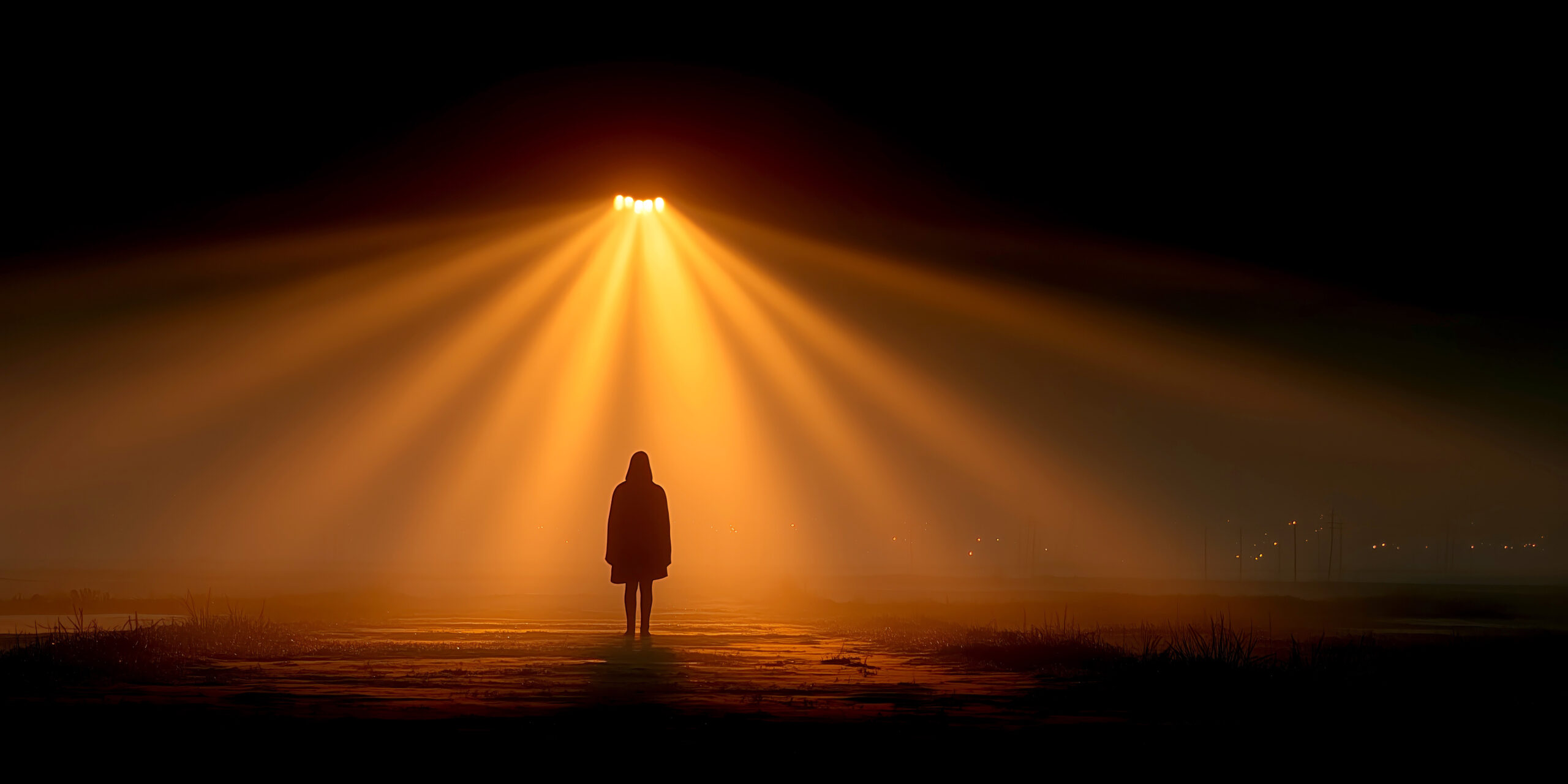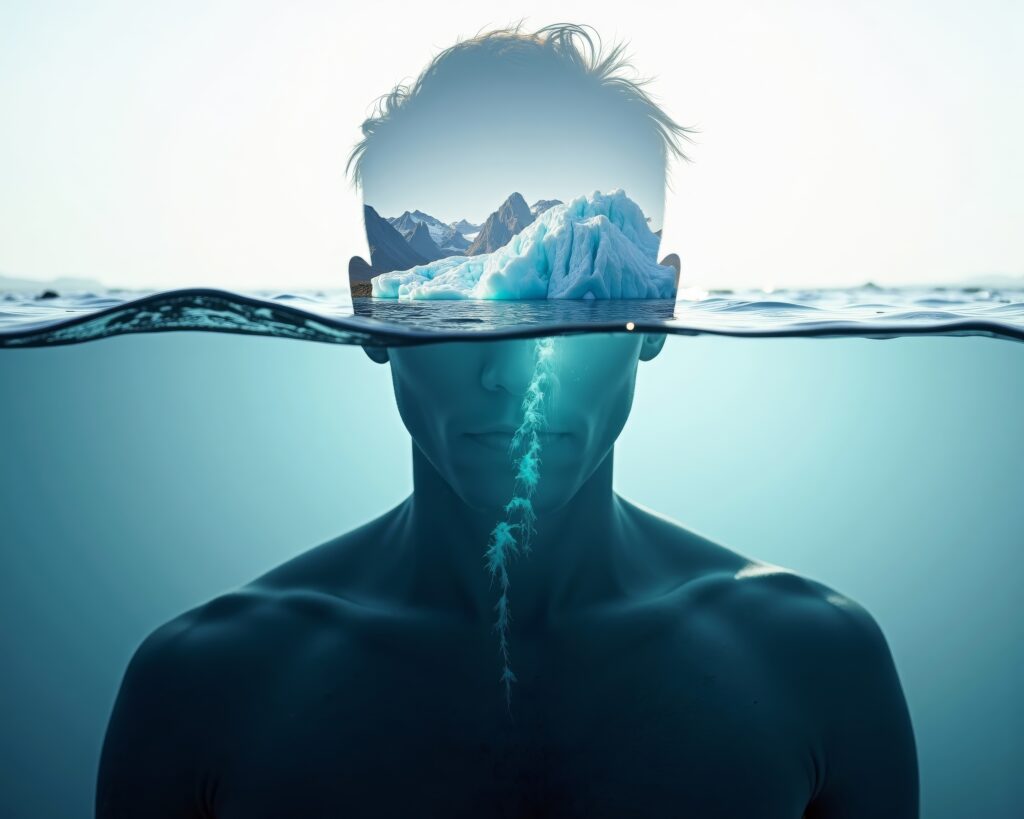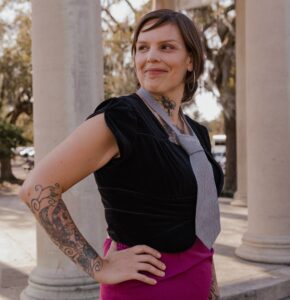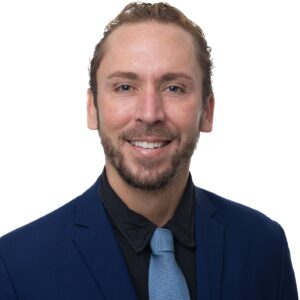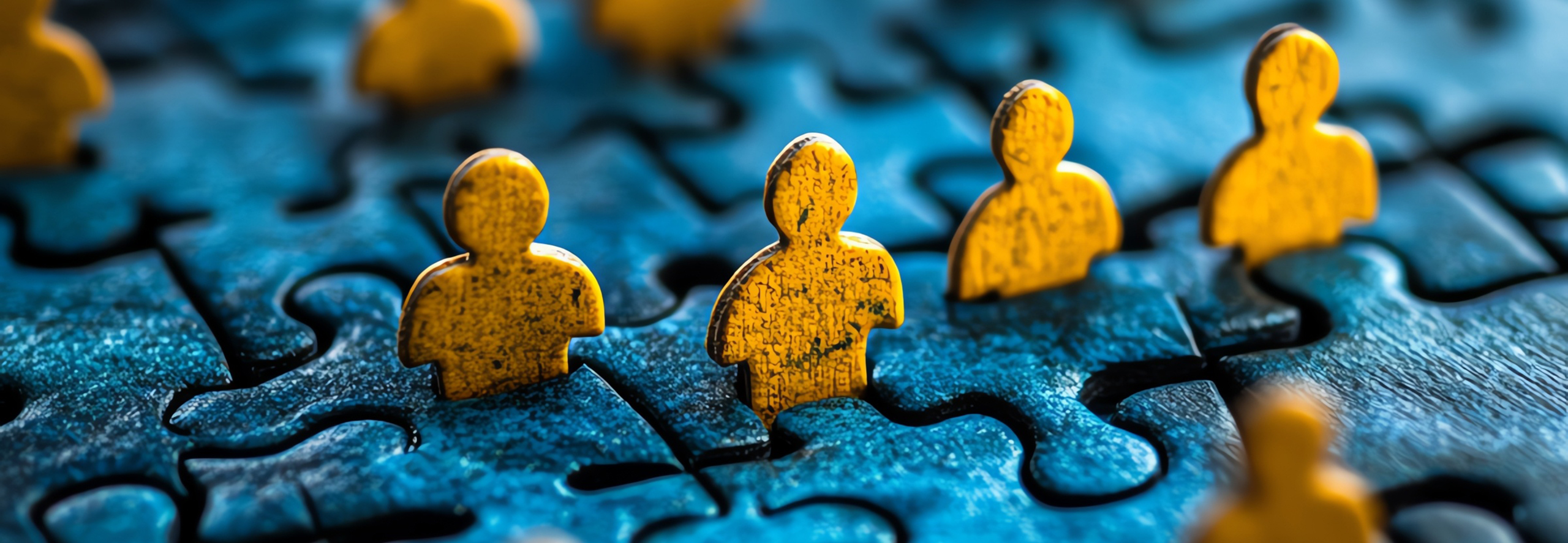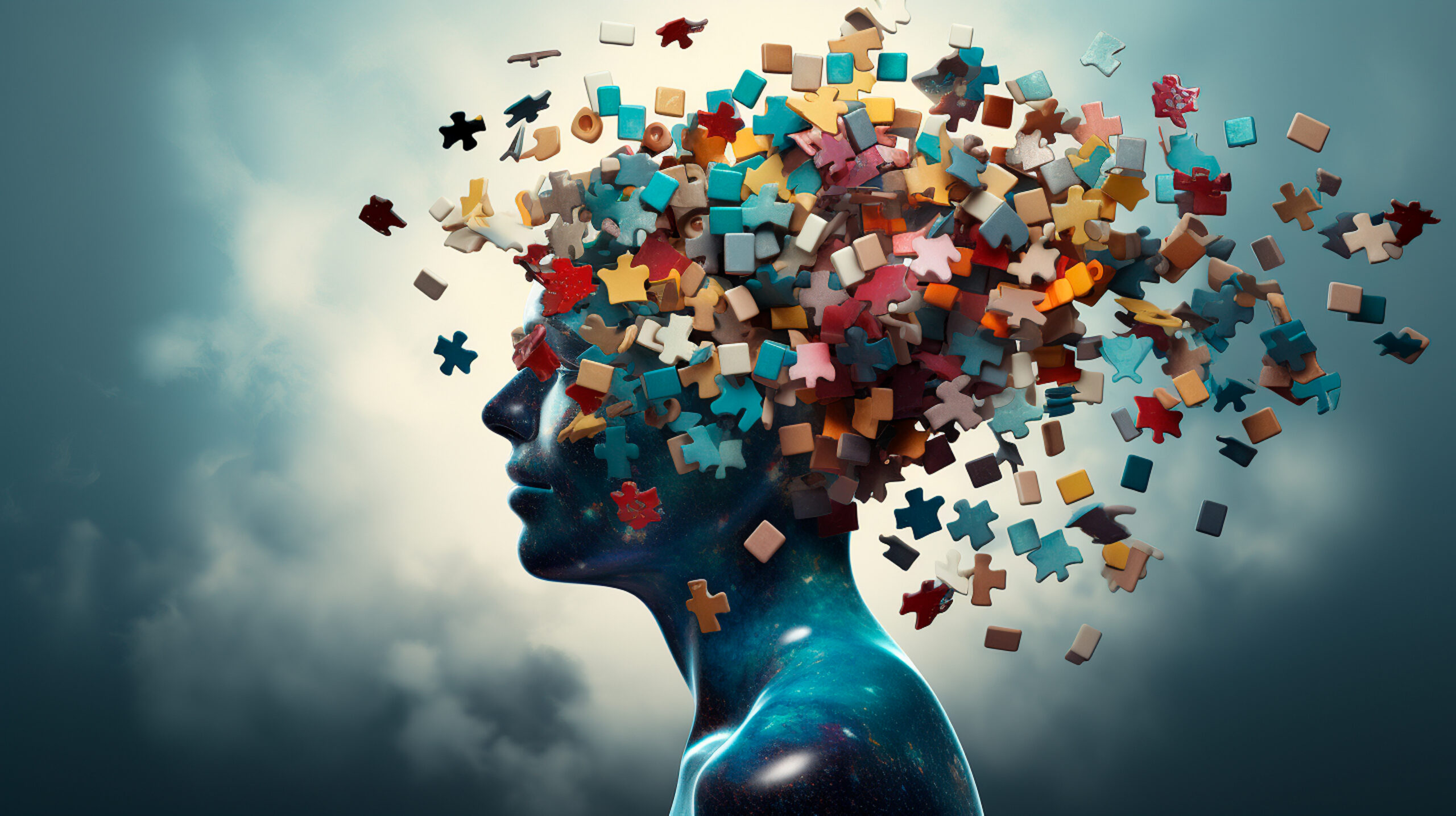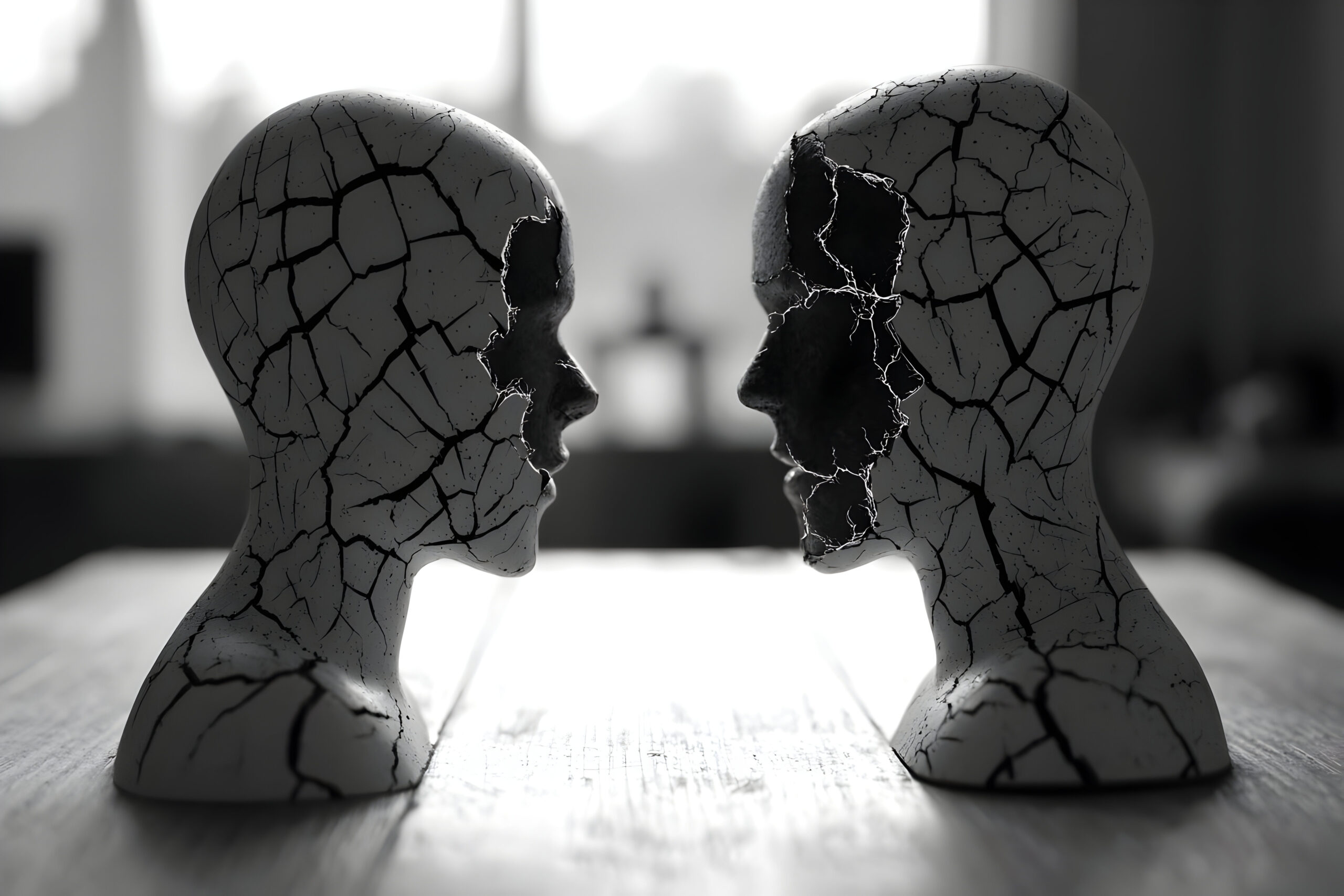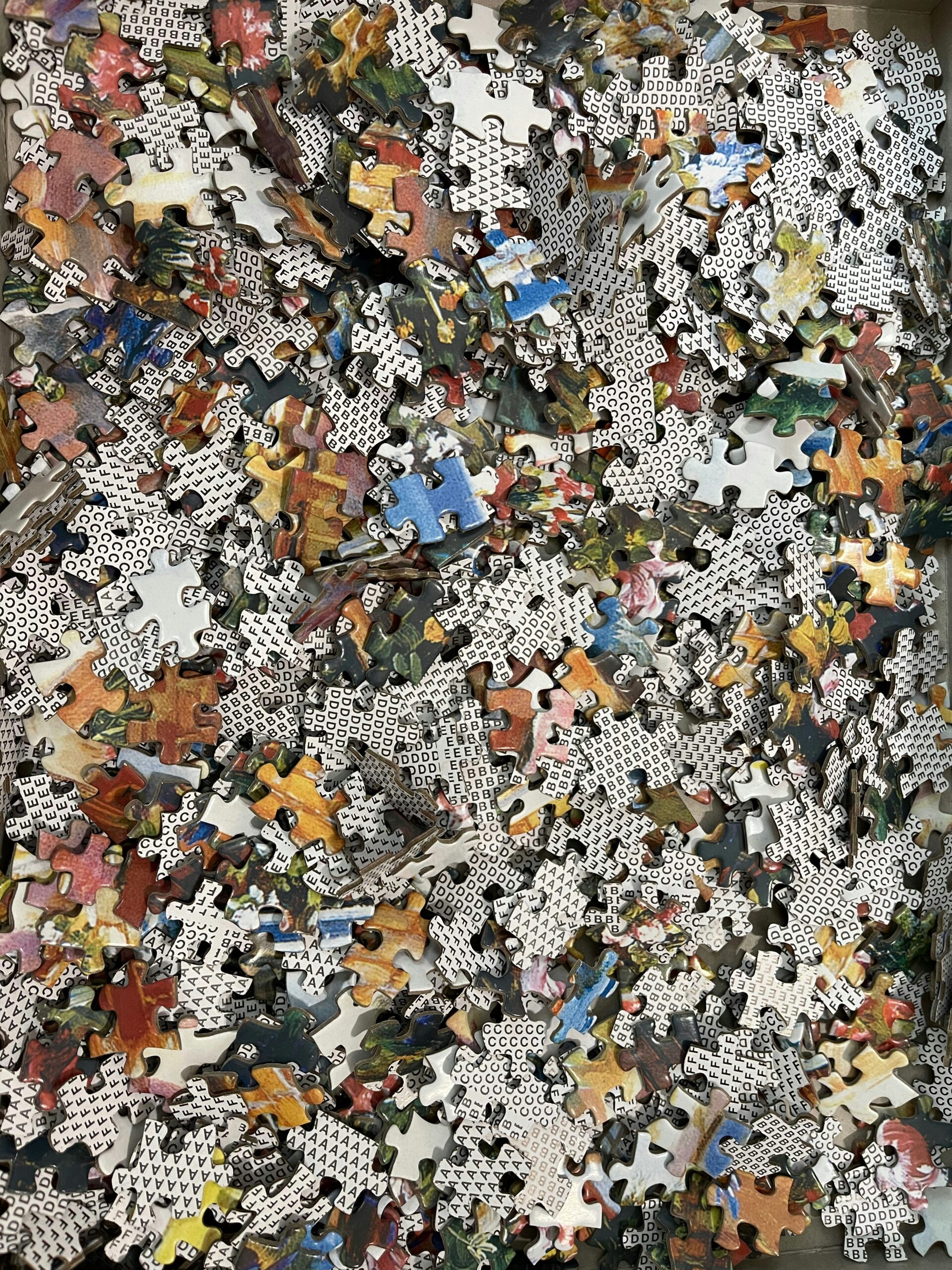Ammon, D. (2024). Development, dissemination, and revision of good scientific practice for research on UAP. Limina: The Journal of UAP Studies, 1(1), 31–39. https://doi.org/10.59661/001c.92683
Assagioli, R. (2000). Psychosynthesis: A manual of principles and techniques. Thorsons. (Original work published 1965)
Beauregard, M., Schwartz, G. E., Dyer, N. L., & Woollacott, M. (Eds.). (2020). Expanding science: Visions of a post-materialist paradigm. AAPS Press.
French, C., Santomauro, J., Hamilton, V., Fox, R., & Thalbourne, M. A. (2008). Psychological aspects of the alien contact experience. Cortex, 44(10), 1387–1395. https://doi.org/10.1016/j.cortex.2007.11.011
Jung, C. G. (1978). Flying saucers: A modern myth of things seen in the skies (R. F. C. Hull, Trans.). Princeton University Press. (Original work published 1959)
Kuhn, R. L. (2024). A landscape of consciousness: Toward a taxonomy of explanations and implications. Progress in Biophysics and Molecular Biology, 190, 28-169. https://doi.org/10.1016/j.pbiomolbio.2023.12.003
Ouellet, E. (2011, August). Marian apparitions at El-Zeitoun and social psi. Parasociology. https://parasociology.blogspot.com/2011/08/marian-apparitions-at-el-zeitoun-and.html
Ouellet, E. (2009). The 1952 UFO wave and Washington D.C.: A case study in parasociology (Part 2). Parasociology. https://parasociology.blogspot.com/2009/12/1952-ufo-wave-and-washington-dc-case_30.html
Roberts, J. (2023). Uncanny technology, trauma, and world collapse in Ariel Phenomenon. In J. W. Glazier (Ed.), Paranormal Ruptures: Critical Approaches to Exceptional Experience (pp. 219-248). Beyond the Fray Publishing.
Romano, K. (2006). A report on the demographics and beliefs of alien abduction experiencers. The Journal of UFO Studies, 9, 1–21.
Schaub, B., & Schaub, R. (2025). Already gone: Imagery and spiritual experience. Mindfield: The Bulletin of the Parapsychological Association, 16(3). https://mindfieldbulletin.org/already-gone-imagery-and-spiritual-experience/
